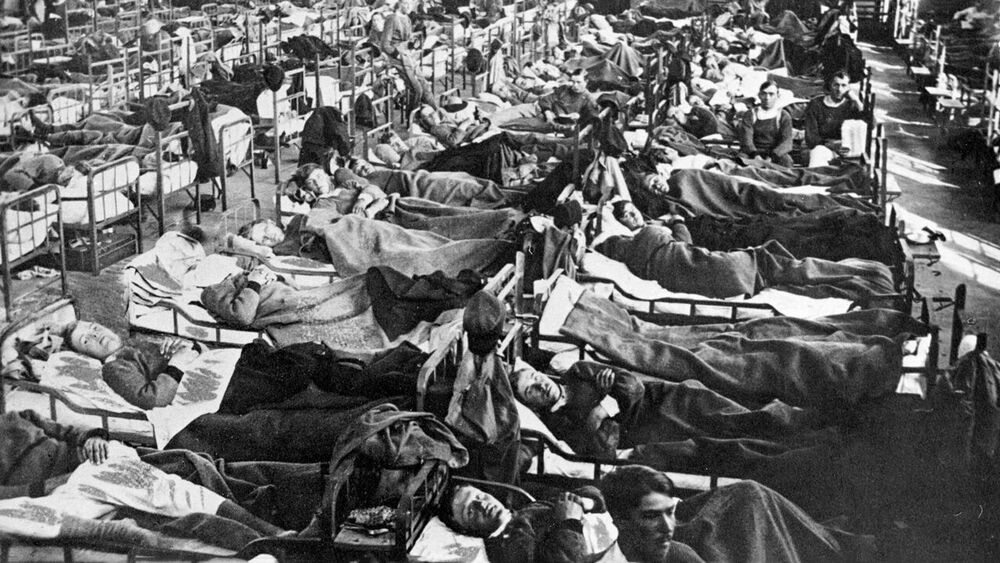On 27 June 1918, two young German soldiers—one age 18, the other 17—died in Berlin from a new influenza strain that had emerged earlier that year. Their lungs ended up in the collection of the Berlin Museum of Medical History, where they rested, fixed in formalin, for 100 years. Now, researchers have managed to sequence large parts of the virus that infected the two men, giving a glimpse into the early days of the most devastating pandemic of the 20th century. The partial genomes hold some tantalizing clues that the infamous flu strain may have adapted to humans between the pandemic’s first and second waves.
The researchers also managed to sequence an entire genome of the pathogen from a young woman who died in Munich at an unknown time in 1918. It is only the third full genome of the virus that caused that pandemic and the first from outside North America, the authors write in a preprint posted on bioRxiv.
“It’s absolutely fantastic work,” says Hendrik Poinar, who runs an ancient DNA lab at McMaster University. “The researchers have made reviving RNA viruses from archival material an achievable goal. Not long ago this was, like much ancient DNA work, a fantasy.”










Comments are closed.